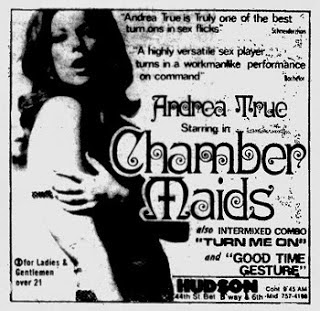We started dancing
And love put us into a groove
But now he's with somebody new
I wish I could explain to you how I found today's featured track, but I can't. It's a mystery to me.
It all started when I was looking for Julian Cope songs on Freegal a couple of weeks ago. Exactly why I was looking for Julian Cope songs on Freegal is a question I simply can't answer.
 |
| Julian Cope |
It's possible that I was looking for Jules Shear songs on Freegal and confused the two performers. But I can't imagine why I would have been looking for Jules Shear songs either, so going down that path just takes us all the way 'round the mulberry bush back to where we began, doesn't it?
(For some reason -- not necessarily a good reason -- I am reminded of the famous Groucho Marx line in the 1930 Marx Brothers movie, Animal Crackers: "One morning, I shot an elephant in my pajamas. How he got in my pajamas, I don't know.")
To make a long story short (not my usual practice), I ended up on Soundcloud listening to a Go Home Productions mashup that incorporates samples of Julian Cope's 1987 UK hit single, "Trampolene."
Mashups are like potato chips -- you can't stop after just one. That mashup eventually led me to this one, which opens with a snippet from a Jim Morrison poem titled "Stoned Immaculate," which was set to music on the last Doors studio album, An American Prayer. (That album was released in 1978, seven years after Morrison died.)
But most of "Shannon Stone" -- you get the joke behind the title, don't you? -- is a combination of "Let the Music Play," the 1983 hit by freestyle/dance-pop queen Shannon with the instrumental track of "Gimme Shelter," which is arguably the best Rolling Stones' song ever.
At first blush, these two songs couldn't be more dissimilar. Pairing Shannon's glitzy, drum-machine-propelled post-disco dance-pop hit with the gritty yet spaced-out guitar of Keith Richards and the drums of Charlie Watts sounds like the ultimate apples-and-oranges combination.
But it works, boys and girls -- you can't believe how well it works. You could almost believe that some genius dreamed up both songs at the same time, intending all along that they be combined into one integrated whole.
What inspired the producer of this mashup to pair up these two tracks? I have no friggin' idea. It's unfathomable to me that anyone would ever think to put Shannon together with the Stones.
It wasn't hard to make the tempos of the two tracks match up. The tempo of the resulting mix is about 120 beats per minute, which is almost exactly the original tempo of "Gimme Shelter." I think the producer may have sped up "Let the Music Play" just a bit -- it's original tempo is closer to 116 beats per second.
The chord structure of the two songs isn't the same, but they mesh very nicely.
The two dissimilar halves of "Shannon Stone" fit so well together that you would think you're listening to a live performance.
It reminds me a little bit of watching the Doors perform "Touch Me" on The Ed Sullivan Show, which took Jim Morrison and his mates pounding away like crazy with a dozen-plus middle-aged guys in suits playing violins, saxophones, trumpets, and trombones.
It reminds me a little bit of watching the Doors perform "Touch Me" on The Ed Sullivan Show, which took Jim Morrison and his mates pounding away like crazy with a dozen-plus middle-aged guys in suits playing violins, saxophones, trumpets, and trombones.
Go Home Productions (or "GHP") is really just Mark Vidler, an English producer, DJ, and all-around audio-video whiz. After producing hundreds of traditional mashups, he's now making mashups that not only mix the music of different artists but also video of those artists performing.
 |
| Mark Vidler |
We're going to feature several other GHP mashups in upcoming 2 or 3 lines posts. So if you didn't like this one, there's probably no point in you checking back in for the next couple of weeks.
I had never heard of Shannon until I listened to this mashup, but she was a big deal. "Let the Music play" could be a Madonna song -- Madonna's first hit single, "Holiday," was released at about the same time.
Here's "Let the Music Play":
I had never heard of Shannon until I listened to this mashup, but she was a big deal. "Let the Music play" could be a Madonna song -- Madonna's first hit single, "Holiday," was released at about the same time.
Here's "Let the Music Play":
And here's the instrumental track to "Gimme Shelter," which is as good as anything Keef and Charlie and the boys ever did:
Here's "Shannon Stone":
Here's "Shannon Stone":
Click here and scroll down to download "Shannon Stone" and the entire This Was Pop (2002-2007) album for free.

















































